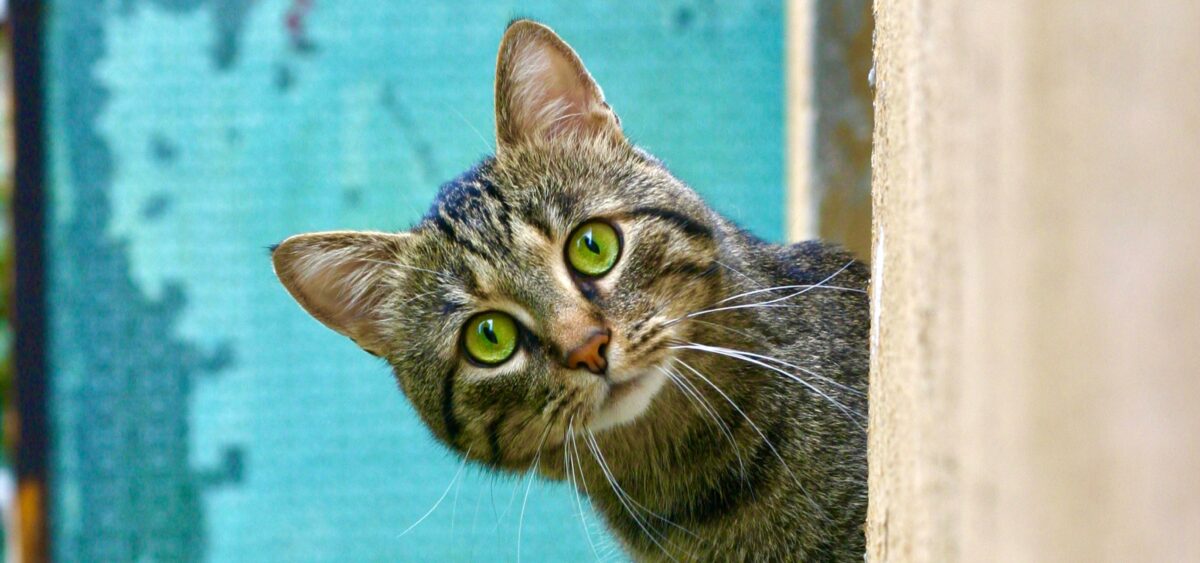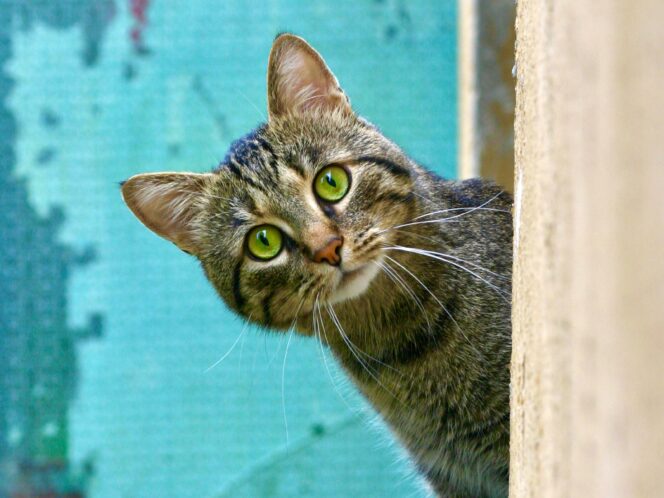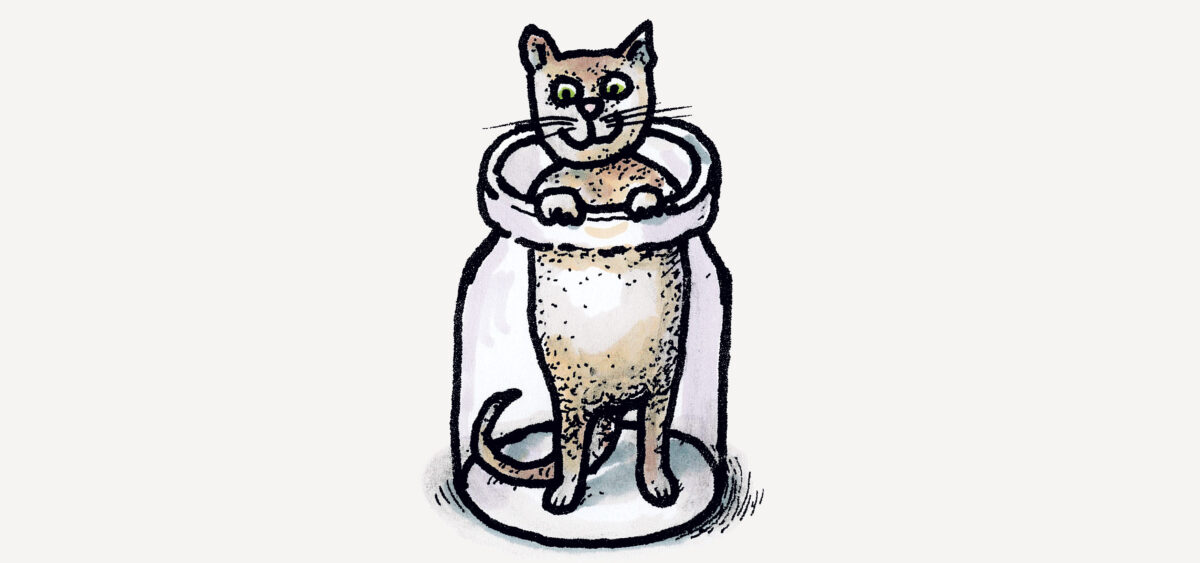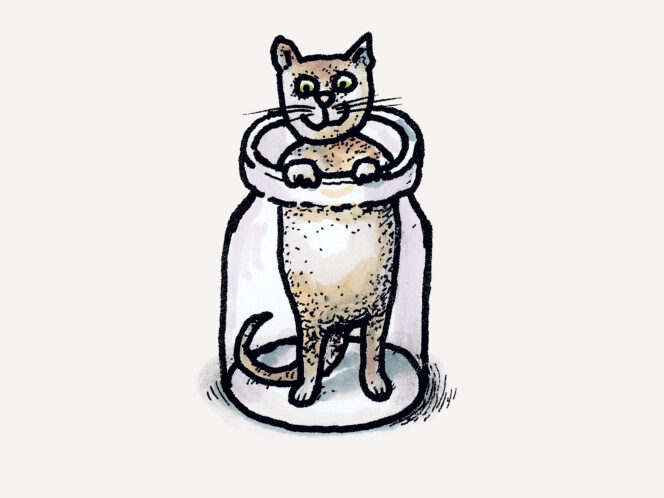
Nature gave us the ability to distinguish red fruit from green, but it deprived us of night vision. Cats, on the other hand, can’t detect red, but their glowing eyes can see perfectly well at night.
The faint-hearted don’t venture into the Central American jungle after dark. In our temperate climate zone, especially away from the city lights, it is easy to sink into the warm darkness of July nights, fragrant with honeysuckle and drying hay. Though dark, these nights are full of life, vibrating with sounds and movement, inviting, promising a moment of respite and calm. But in Honduras or Costa Rica, the jungle by night is a foreign environment for man. Deadly. An inky gloom in which our day-trained eyes go blind. A labyrinth of rustling plants among which the dance of death is constantly played out. Poisonous jararacas slither lazily through the undergrowth, and armed spiders roam among the leaves, ready to inject intruders with their toxic cocktail. And then there’s the light. Or the lights, in fact.
Though submerged in darkness, the jungle at night shimmers with lights all around, flickering on and off. Some of them seem to surpass the darkness and the black contours of the objects immersed within it, like the arteries of a circulatory system that is invisible during the day. Green-glowing strings wind around rotting trunks and cover piles of leaves crumbling in the humid heat. Each of these threads is part of a larger web that spans this entire ecosystem, made up of tangled paths of mycelium permeating dead matter. Some of them shine, some








